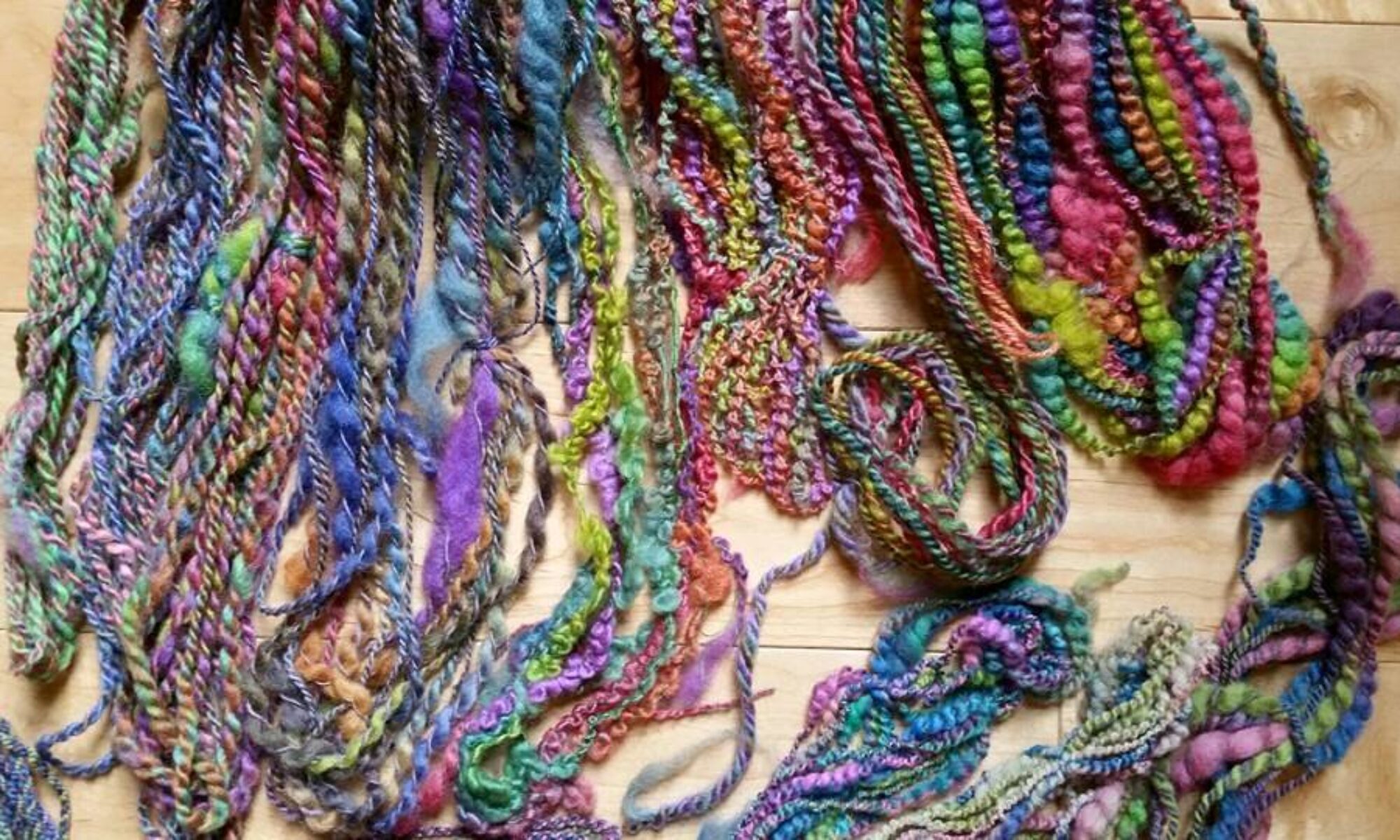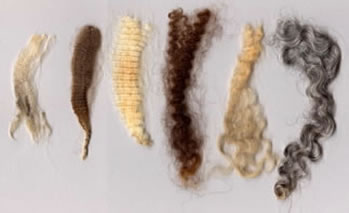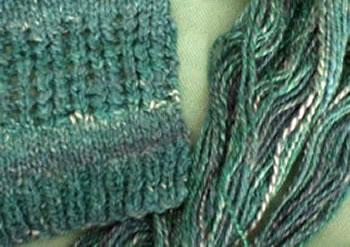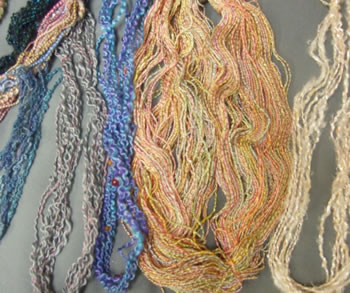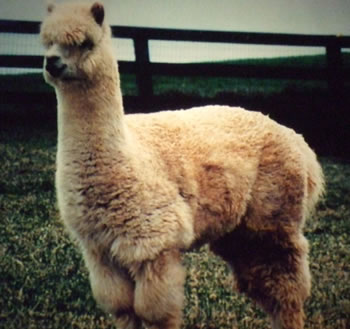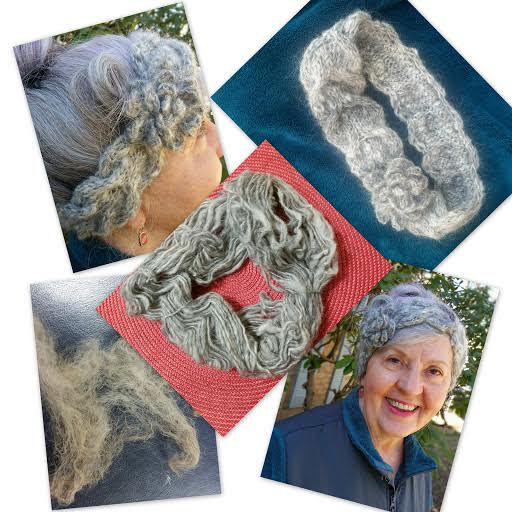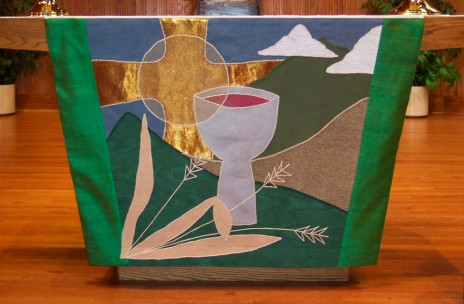Patsy Sue Zawistoski, master handspinner and teacher, enjoys achieving full design potential in her handspun work by creating yarns for use in knitting, weaving, and crochet.
A widely-traveled international lecturer and teacher, Patsy has taught classes and presented programs for various guilds, shops, community arts programs, and conferences, with many inviting her back multiple years.
“I’m a Textile Teacher/Artist – Not a Scientist, nor Rumplestiltskin
-Patsy Sue Zawistoski
I’m a Master hand spinner and an international spinning teacher for nearly thirty years (like Rumplestiltskin, the old man in the fairy tale, except I don’t hold babies for ransom). I teach the old skills, spinning fleece into wool yarns and straw into gold. Actually, flax into linen!”
